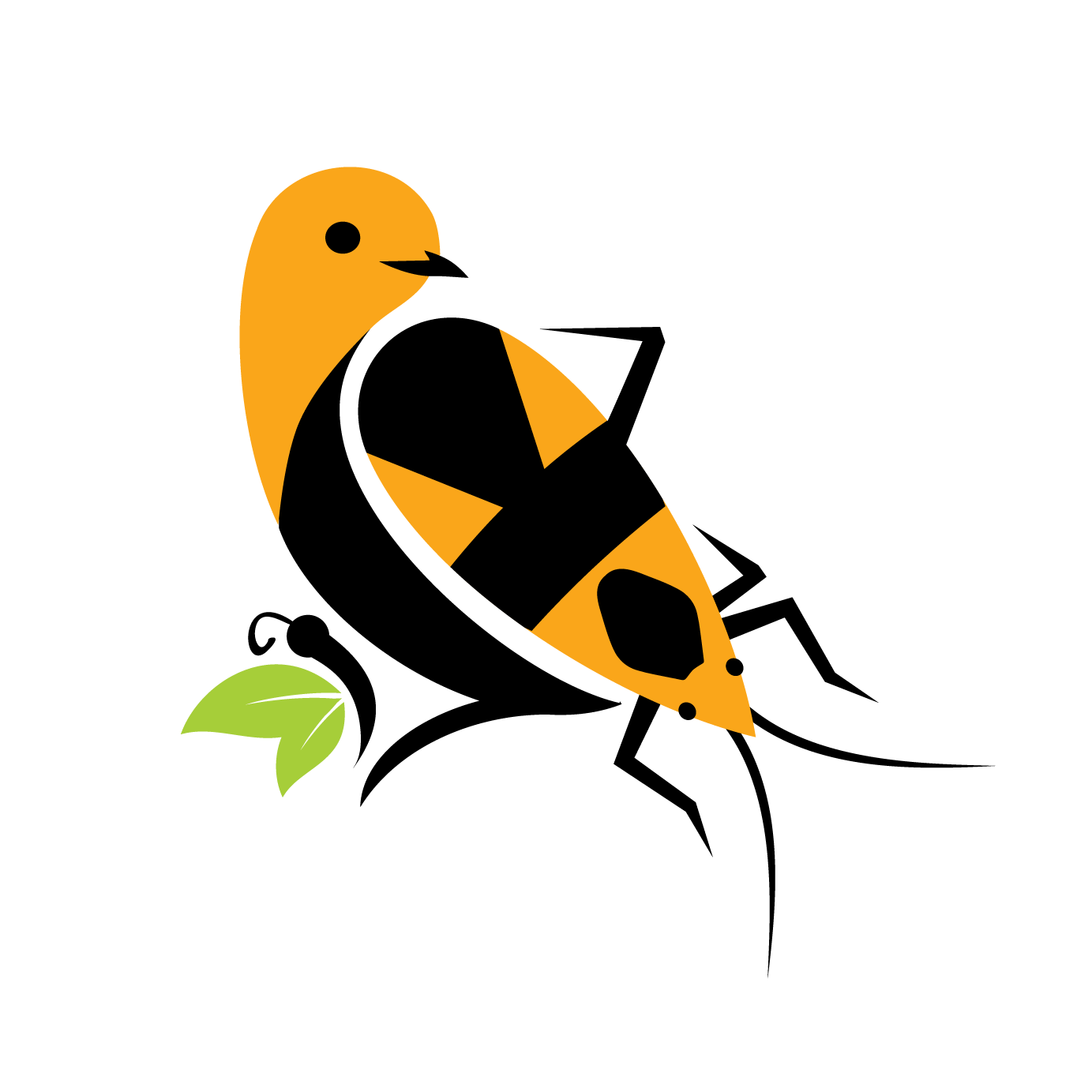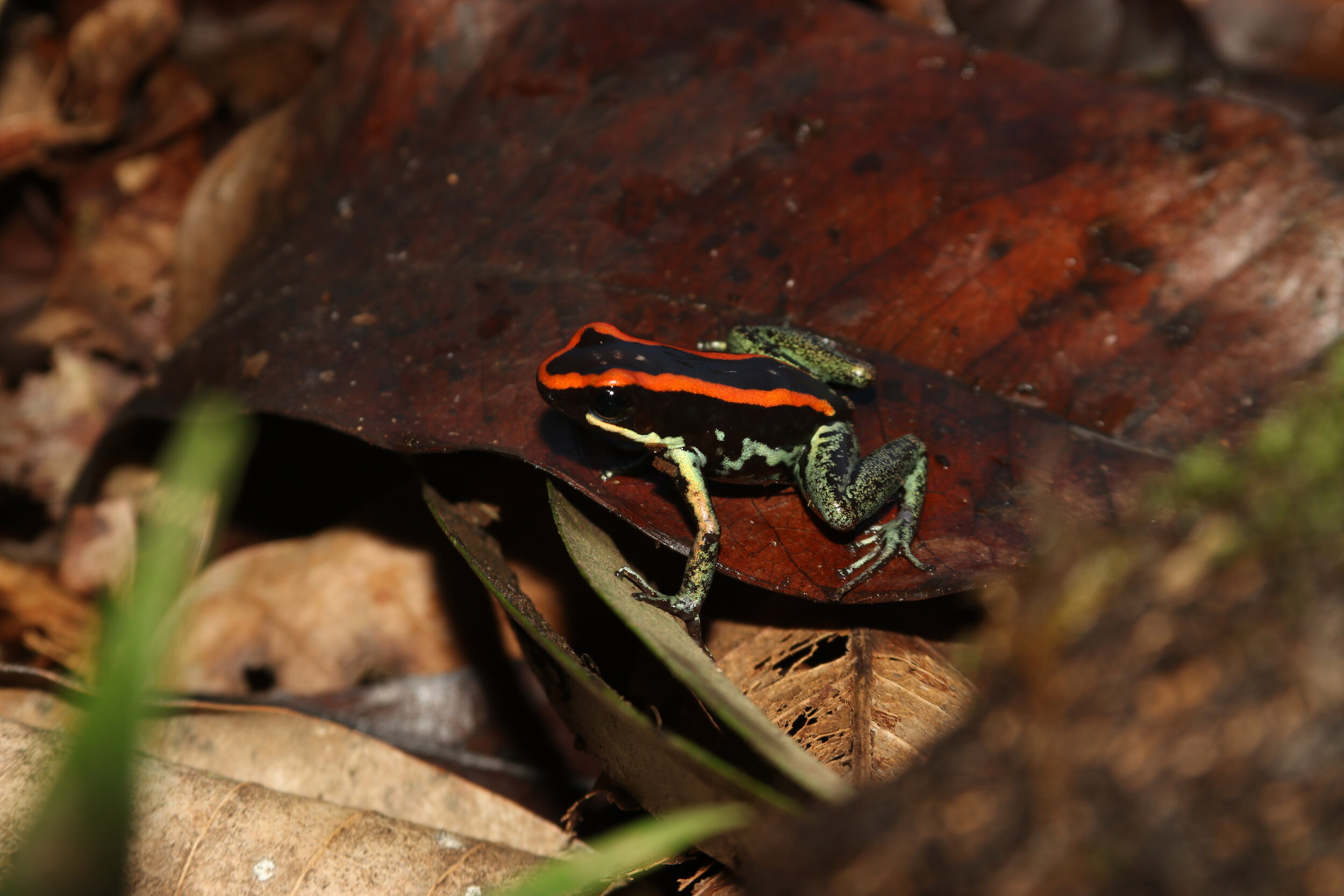Toxins and Evolution
In nature, toxins are everywhere — from poisonous plants and toxic insects to venomous amphibians and reptiles. These natural chemicals are powerful weapons, used by animals to defend themselves or subdue their prey.
But toxins don’t act in isolation. Evolution shapes how animals respond to them, creating a high-stakes arms race between toxin producers and those trying to eat, or avoid being eaten by them.
We study how animals evolve resistance to toxins, and how toxins themselves evolve in response. We're interested in questions like:
Why do some species evolve resistance to toxins while others don’t?
What genetic and molecular changes allow animals to tolerate or neutralise poisons?
How do ecological pressures — like what an animal eats or where it lives — shape the evolution of toxins and toxin resistance?
Our research combines behavioural ecology, molecular biology, and evolutionary theory. We work with a variety of systems, including birds that prey on toxic toads and insects, and toxic animals like poison frogs and monarch butterflies.
By understanding the rules of toxin resistance — and when evolution repeats itself — we gain insight into broader questions about biodiversity, adaptation, and the limits of evolutionary change.

